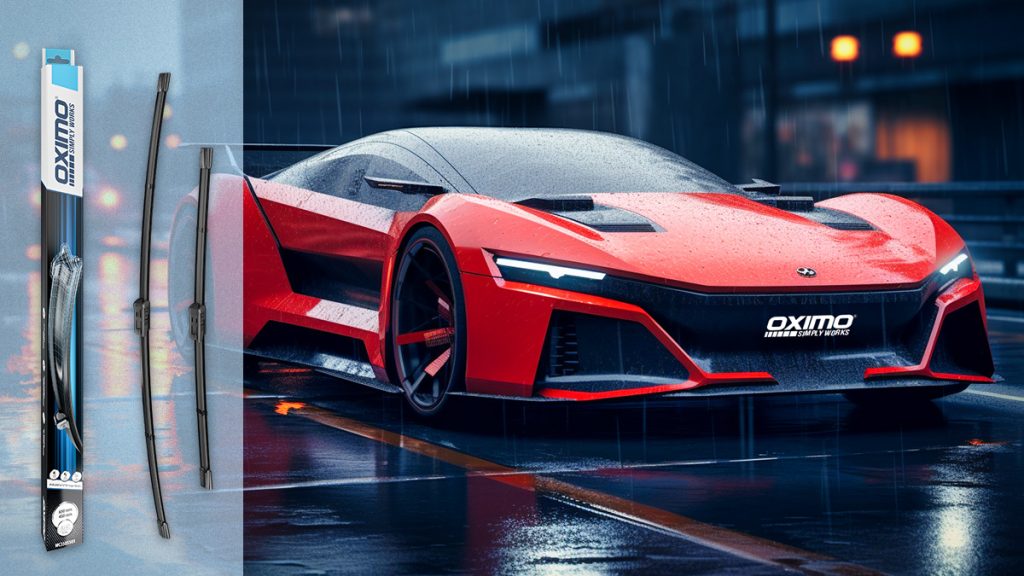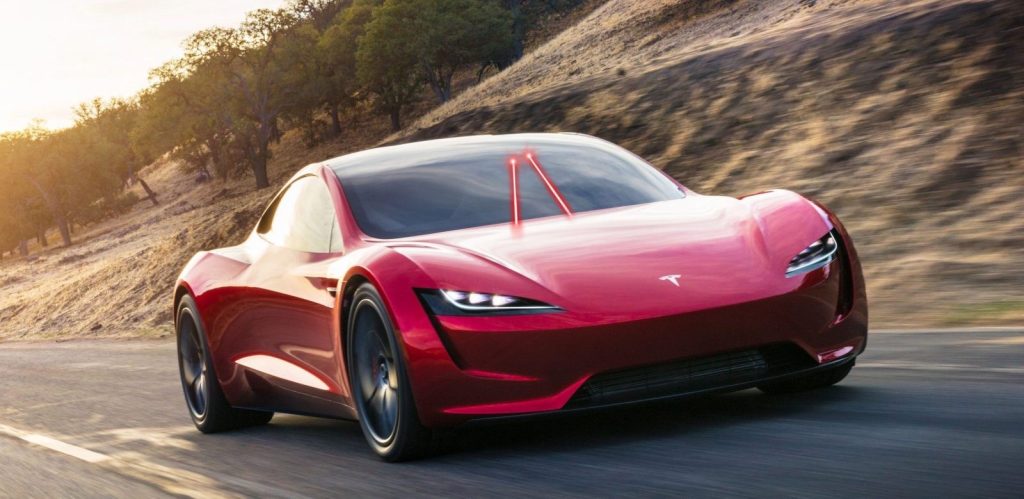Often overlooked and considered a trivial aspect of vehicle equipment, automobile windshield wipers perform a key function in ensuring safety and comfort. From the simple, manually operated device of the early 20th century to the sophisticated automatic systems used today, windshield wipers have come a long way in evolution. In this article, we take a look at the history, modern innovations and future directions of automotive windshield wipers, highlighting how technology is constantly changing what was once a simple piece of equipment on every vehicle.
1. History and development of windshield wipers
The origins of windshield wipers date back to 1903 when American inventor Mary Anderson patented her windshield cleaning system for cars and other vehicles. Her prototype, made of wood and rubber, was a hand-held device designed for use on rainy and snowy days. Although Anderson’s system failed to gain popularity, just fifteen years later, most production cars were equipped with windshield wiper mechanisms that, while simple, would already be recognizable to today’s drivers. Initially operated manually, and later by electric motors. The basic rubber blade evolved into the modern form of the windshield wiper as we know it today.
2. Contemporary trends and innovations
In addition to the still-prevalent traditional models of wipers with a metal frame and rubber blade, flat-frameless wipers and now hybrid wipers, which combine the advantages of both, have become popular. Hybrid wipers retain the advantages of both frame and flat versions, using joints and yokes to ensure a perfect fit to the windshield.
3. The impact of technology on the windshield wiper market
The automotive wiper market is growing steadily. This is due not only to the increasing number of vehicles on the road around the world but also to ongoing technological advances. The development of new materials and components, such as an improved blade edge, is expected to be a major direction for future innovation. In addition, increasing environmental regulations and concerns about sustainability may push manufacturers to develop greener solutions in wiper blade production. The introduction of new materials and coatings will lead to increased demand for premium, more durable and wear-resistant wipers. High awareness of driver safety and visibility is stimulating demand for advanced windshield cleaning systems that use an array of sensors and automation.
Developments in the electric and autonomous vehicle sectors could have a significant impact on windshield wiper design, creating new challenges and opportunities in the market. The use of nanotechnology and smart materials could make it possible to create windshield wipers with self-cleaning properties, strongly reducing the need to replace them quite frequently. Weather anomalies and growing environmental awareness may also increase demand for wipers that can effectively handle extreme conditions. Traditional windshield wipers may also face competition from emerging technologies such as vibration- or ultrasonic-based cleaning systems.
This increased interest in innovation and eco-friendly solutions in the windshield wipers field indicates that this industry’s future will be as exciting as its past. For OXIMO, continually staying on top of trends and adapting products to meet growing market expectations and demands is key to maintaining its leadership position in the industry.
4. Green solutions and sustainability
Faced with the global challenges of climate change and growing environmental awareness, the automotive industry, including windshield wiper manufacturers, is paying attention to sustainability and eco-friendly solutions. Innovations in the field of windshield wipers are not limited to increasing their efficiency and durability but also include ecological aspects such as waste reduction and the use of environmentally friendly materials (packaging, water-based inks, the use of recycled materials).
Development of eco-friendly materials
The use of new, more durable materials, such as advanced polymers and recycled plastics, is helping to reduce the carbon footprint and waste generated by the industry. What’s more, research into biodegradable materials may in the future lead to the creation of windshield wipers that will decompose in a way that is less harmful to the environment after use. The research work is still ongoing.
Energy efficiency and emissions minimization
In the context of electric and hybrid vehicles, the energy efficiency of windshield wipers is becoming crucial. Wiper systems that use less energy are being developed, helping to extend the range of electric vehicles. In addition, reducing emissions during windshield wiper production, by using renewable energy sources and optimizing production processes, is another step toward sustainability.
Impact on the ecosystem and human health
The development of wipers that are less harmful to the environment also has a positive impact on ecosystems and human health. Reducing toxic substances in wiper materials, such as phthalates and heavy metals, contributes to reducing the negative impact on the environment and human health.
At OXIMO, we were aware of this long ago and have eliminated hazardous substances. What’s more, we comply with the REACH and RoHS directives. These are directives that aim to eliminate harmful materials and chemicals in the production process.
Future prospects
Further development of automotive wipers that are even more environmentally friendly is increasingly expected. These innovations will include not only materials but also the entire product life cycle, from design, production, use, to recycling and disposal.
5. The Future of Car Wipers
With rapid technological development and changes in consumer preferences, the future of automotive windshield wipers is shaping up to be an exciting journey full of innovation and cutting-edge solutions. The industry’s direction is pointing to an increasing integration of advanced technologies and sustainable practices.
Integration with new vehicle technologies
The windshield wipers of the future will be increasingly integrated with advanced vehicle systems, especially with the growing popularity of autonomous and electric vehicles. We can expect wiper systems to be fully automated, adapting to weather conditions and driving needs without direct driver intervention.
Development of cleaning technologies
Future windshield wipers may use innovative cleaning technologies, such as ultrasound or air-based systems, to more effectively remove contaminants from the windshield. These technologies may offer better performance and be more environmentally friendly, eliminating the need for the windshield wipers we know today.
Influence of climate change
Changing climate conditions may force windshield wipers to adapt to rapid changes in weather conditions. The windshield wipers of the future will need to be effective in both extreme heat and freezing temperatures, offering reliability and durability in a variety of environments.
New materials and design
Windshield wipers will certainly use modern materials and innovative designs to better meet the aerodynamic and aesthetic requirements of new vehicle models. Windshield wipers may become almost invisible, blending into the vehicle’s design, while being more effective and durable than ever before.
The vision of sustainable mobility
In the long term, windshield wipers will be part of a larger trend of sustainable mobility, with an emphasis on minimizing the environmental footprint and maximizing efficiency. Solutions such as windshield wipers made from renewable or biodegradable materials, as well as windshield cleaning systems that offer longer wiper blade life, will be key to achieving these goals.
Summary
As the automotive world continues to evolve, we at OXIMO have consistently emphasized innovation in our products at the lowest possible prices since 2007. Our mission, based on continuous improvement and passion for technology, guides us through a continuous research and development process.
Improving products through continuous research
We research new materials, technologies, and methods so that our customers can enjoy a product that not only meets but exceeds market expectations. We are hungry for knowledge, new solutions, and success, reflected in every aspect of our business.
Commitment to eco-friendly solutions
At OXIMO, we understand the importance of an eco-friendly approach. That’s why we focus on implementing solutions that minimize environmental impact. Reducing packaging or reducing plastic are some of our ongoing processes. We are planning to invest in production processes that will reduce our carbon footprint. Our actions in this regard reflect concern for future generations and the planet we live on.
Innovations in wiper blade coating
One of the key elements of our wiper blades is the application of a PTFE (Teflon) coating to the blades, which significantly increases their performance and durability by reducing friction.
Continuous development and aspirations for success
We are a company that constantly strives to be better, faster and more innovative. Our history is full of successes, but for us, this is just the beginning. We are ready for the challenges of the future and look forward to the upcoming opportunities for growth and development.
At OXIMO, we have been combining our passion for automobiles with our commitment to developing sustainable and innovative solutions since 2007. We continue to grow and have not yet said our last word in wiper technology. Our hunger for knowledge, new solutions, and success is what drives us.







